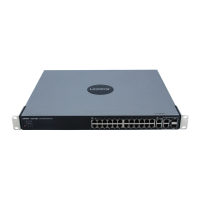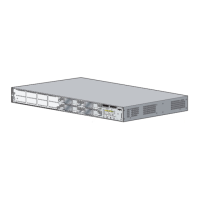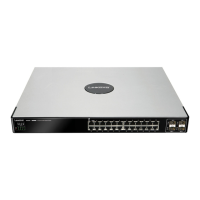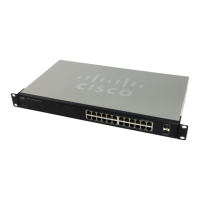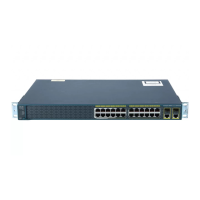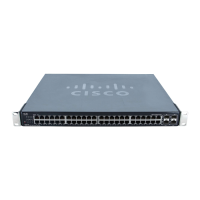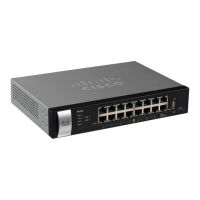3-3
Cisco SCE 2000 4xGBE Installation and Configuration Guide
OL-7824-06
Chapter 3 Information About Topology
Information About Topology Considerations
Note that when the SCE 2000 is connected to the network through an optical splitter, a failure of the
SCE 2000 does not affect the traffic flow, as the traffic continues to flow through the optical splitter.
• Bypass Mechanism
• Maintaining the Network Links vs Maintaining SCE 2000 Platform Functionality
Bypass Mechanism
The SCE 2000 includes a Network Interface Card with a bypass mechanism that is enabled upon SCE
2000 failure. In addition, when connected in-line it can also be enabled in normal operation to
simultaneously bypass traffic flow to the other side and direct it internally for analysis. In this case it
maintains "receive-only"-like monitoring functions, when control functionality is not required.
The bypass card supports the following four modes:
• Bypass — The bypass mechanism preserves the network link, but traffic is not processed for
monitoring or for control.
• Forwarding — This is the normal operational mode, in which the SCE 2000 processes the traffic
for monitoring and control purposes.
• Sniffing — The bypass mechanism preserves the network link, while in parallel allowing the SCE
2000 to process the traffic for monitoring only.
• Cutoff — There is no forwarding of traffic, and the physical link is forced down (cutoff
functionality at layer 1).
Maintaining the Network Links vs Maintaining SCE 2000 Platform Functionality
When a single SCE 2000 is deployed, the user may decide that in case of a failure, maintaining the
network link is more important than providing the SCE 2000 functionality. In this scenario, when the
SCE 2000 detects a failure that requires a reboot process for recovering, it immediately switches to
Bypass mode, allowing all traffic to bypass the SCE 2000 . The SCE 2000 stays in Bypass mode
maintaining the network link, albeit without SCE 2000 processing, until the SCE 2000 fully recovers
from the failure and is ready to resume normal functioning.
Alternatively, the user may decide that the SCE 2000 functionality is sufficiently crucial to require
severing the link if the SCE 2000 platform fails. In this case, when the SCE 2000 detects a failure that
requires a reboot process for recovering, it immediately switches to Cutoff mode, stopping all traffic
flow. The SCE 2000 stays in Cutoff mode, halting all traffic, until it fully recovers from the failure and
is ready to resume normal functioning. In Cutoff the physical interface is blocked, enabling the network
device connected to the SCE 2000 to sense that the link is down.
Information About Asymmetric Routing Topology
• Asymmetric Routing Topology
• Asymmetric Routing and Other Service Control Capabilities
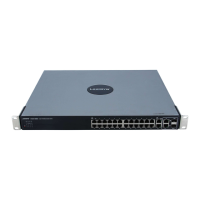
